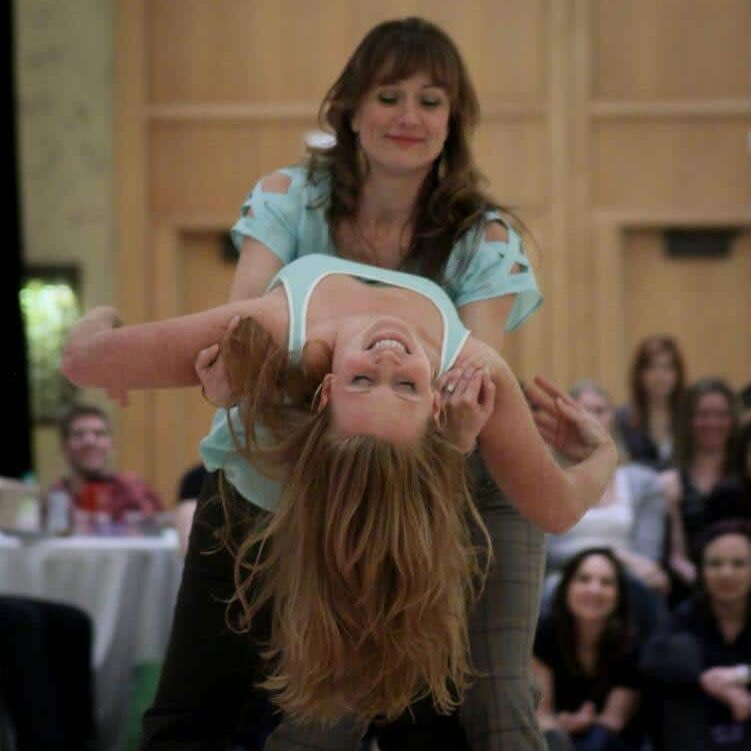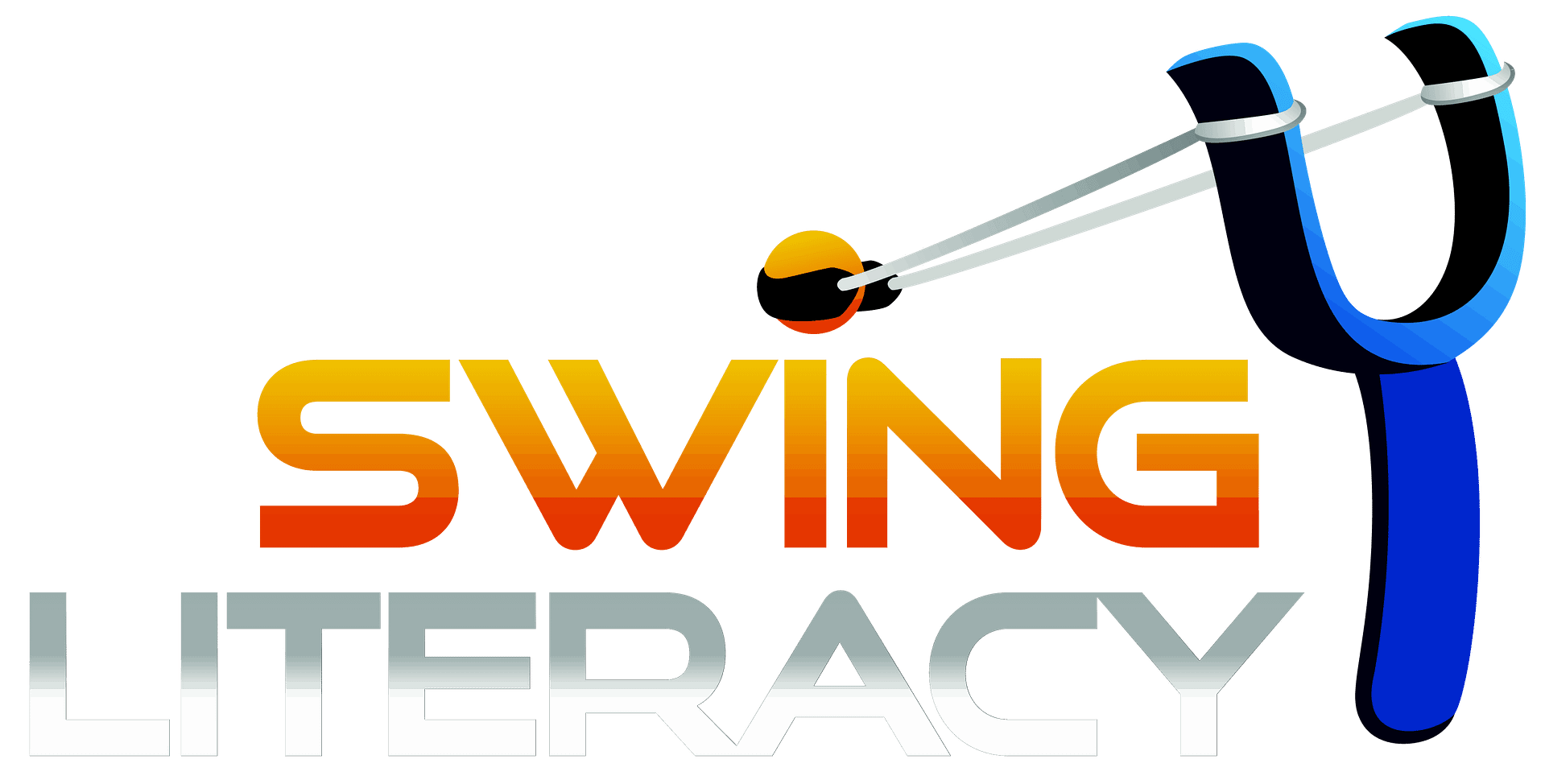No products in the cart.

20 Things I Learned from Role Reversal
Reading Time: minutes remaining
Once your dancing stabilizes in one role (leader/follower), you might consider learning the opposite role. West Coast Swing is increasingly encouraging of ambi-dance-terity, channeling the teamwork aspect of the partnership rather than the relationship aspect.
People venture here for a variety of reasons;
- There’s a gender/role imbalance at their local dance scene and they are tired of sitting out partnerless, or having to be aggressive to score a partner each song.
- They thrive on challenge
- They are curious what it feels like to be on the other end
- They recognize the feedback value of the discovering the other role’s perspective for improving their original role skill.
- They were compelled to learn the traditional gender role, but they actually have a preference for social dancing with a same-gender partner.
- They value ambi-dance-terity as a requirement in developing into a “complete” dancer.
- They are aspiring teachers and learn the opposite role out of necessity.
For me, I learned both roles very early on because I was trained to teach ballroom. But I never invested any time into leading WCS until apparently I started getting “too good” for people to ask to dance. Isn’t that ridiculous? It’s like others decreed me “off limits” when I reached a certain level, and since then, I’ve been left alone for a lot of dances. This had nothing to do with me, because if you know me, im one of the most social butterflies on the floor- i love dragging people out of their chairs, making sure everyones having a good time. So I started dancing with wallflower followers and working on my leading. Here’s what I learned:
- Lower level followers are the most patient with my mistakes
- I catch myself favouring one side of my body
- I only have 11 patterns, but I can make all of them match the music.
- Counterbalance is quintessential.
- Apparently I have scary shoulders- ladies hesitate to put their hands on me.
- Next time I wash my hands I have to wash my right wrist too.
- High ponytails suck. So does white solid deodorant and body lotion.
- What a body lead really is.
- Floorcraft- a whole different ball game.
- Oops I forgot to lead any invitations and the song’s ending…
- I learned what her last partner was like.
- Tester moves are required for self preservation.
- I’m getting better at pattern math.
- I probably still look like crap, but I’m centered, I move from my core, and I work with the laws of physics.
- Frame is a skill that is severely undertaught.
- A little piece of me is scared of getting my fingers wrenched every time I lead multiple spins.
- It makes me feel incompetent when a follower anticipates a much cooler pattern than I was planning on leading.
- True followers at all levels are those who can mechanically compensate for errors.
- Just like with leaders, I’m always curious to see if she feels as good as she looks.
- I much prefer songs I know. That eliminates one variable I don’t have to worry about.
Consider trying out the opposite role – you’ll be surprised what you learn from it!
Like this article? Want to translate it into another language? Send it to us in a private message and we’ll post it here!
You must be logged in to post a comment.

Thanks for this article.. I like learning for being a leader. It´s a challenge and I really enjoy doing that. And is true that beginers followers are very patient with me 🙂 .. I learnt what it feels being a leader..It´s not easy…and I also think that knowing how to lead I became a better follower.. Thanks Tessa!
Tessa! This is great! Really, really super great, in my humble opinion. Great writing; but more importantly, great thinking. Thank you!
Thanks Tessa. I’m learning to lead for many of the reasons you listed above and have developed a whole new appreciation for competent leaders. Learning the opposite role is humbling, challenging, but a lot of fun and I think it has helped to improve my following. I least I know how awful back leading feels now. Great article.
I love this! Thanks Tessa!
I believe swapping roles would be a boon to learning – you get to know how the other half lives! But I've never seen it in practice.
I am starting a new dance community from scratch. Everyone literally know nothing. It is very likely (as is common) that there will be more females than males. If the females want to dance, they will have to do some role reversal. My feeling is, let's do it for everyone. It might be the perfect time to start doing it. And that means I have to learn the other role too. Not sure how far I can take this, but I really want to try.